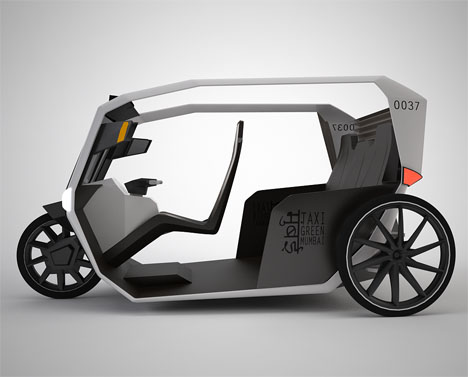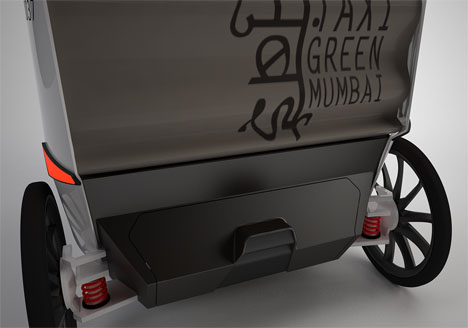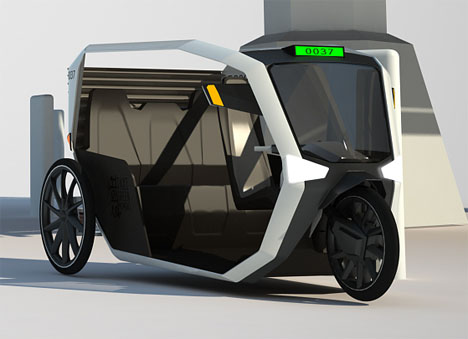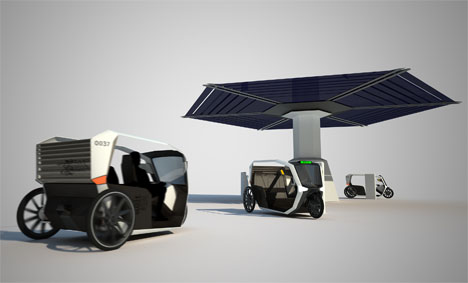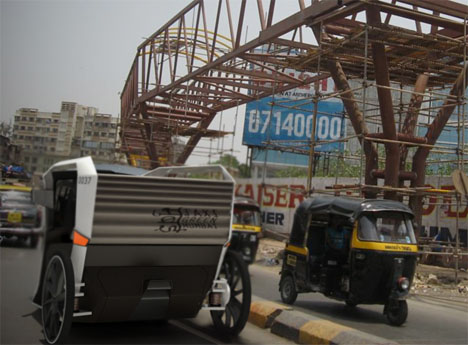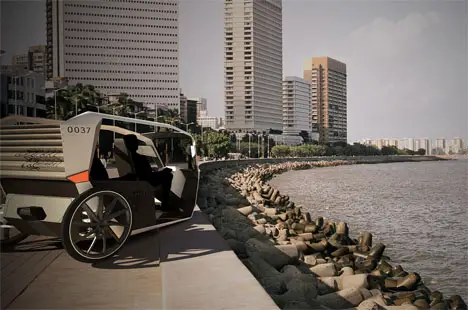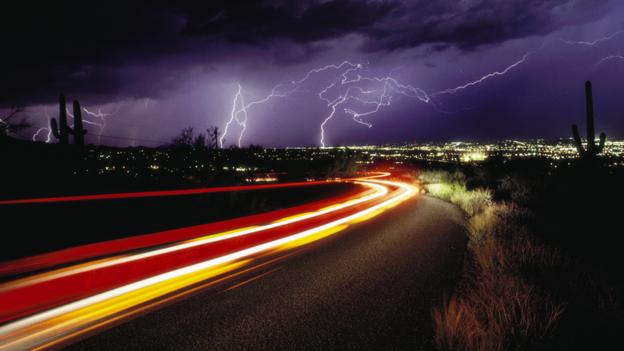Road works. Inconsiderate drivers. Congestion. Today’s drivers have
their fair share of stress already. But now there is a new malaise for
the modern motorist: range anxiety. That is the term given to drivers of electric cars that are struck by
the sudden fear that their vehicle does not have enough charge to reach
its destination. Most of us have experienced that sinking feeling when
the little orange indicator light comes on to tell us we are low on
petrol, but there is not a gas station in sight. Imagine that, combined
with the feeling that you get when your cellphone starts beeping because
the battery is low, and you are nowhere near a plug. That gets you
close to the feeling of range anxiety.
It is an interesting phenomenon, particularly when you begin to look at how many of us actually use our cars. According to the US Bureau of Transportation Studies,
78% of drivers do less than 40 miles (65km) a day – a trivial distance
for many of today’s electric cars. In fact, the poster child of electric
cars – the Tesla – has a range of 300 miles (485km) using some
batteries.
According to, Dr Richard Sassoon, of Stanford University, there are
“three main reasons” that many of us choose the internal combustion
engine over its cleaner, quieter alternative.
“One is the short range that an electric vehicle can travel between
charges, and that’s based on the size of the battery,” he said. “The
second is the lack of a sufficient charging infrastructure, and the
third is that even if you can charge, it takes a long time to charge –
several hours. That means you’re going to have to take a break in your
trip in order to charge your vehicle.”
Researchers and firms are trying to tackle all of these problems. Firms, such as Better Place,
have started building battery “switching stations” that allow drivers
to pull in and swap their batteries as easily as filling up with gas,
whilst countless researchers are developing more efficient batteries. But Dr Sasson believes there may be another answer: recharging roads.
Engineers in his lab are developing a way to wirelessly charge electric
cars from magnetic coils embedded into the road. The car would pick up
the power via another coil, meaning – in theory – that you would never
have to make a charging stop again.
The system works using a technique called “magnetic resonance coupling”.
You can think about resonance as the phenomenon that allows an opera
singer to smash a glass using only the power of their voice. In that
case, when the singer hits a note that has the same resonant frequency
as the glass, they couple and energy begins to build up in the glass,
eventually causing it to smash. Instead of using acoustic resonance, the Stanford team use the resonance
of electromagnetic waves. A coil in the road that is connected to a
power line is made to vibrate with the same resonance frequency as the
coil on the bottom of the car, allowing energy to flow between them.
Traffic charge
It builds on
pioneering work done at MIT in 2006
which showed the technique could be used in stationary situations, to
power televisions and other gadgets. The Stanford system now claims to
have upped the efficiency dramatically. They have come up with designs
of coil that allow 97% efficient transmission of power over a distance
of about 2m (6ft). Using models, they estimate they can transfer up to
10kW of power.
“That number is about the number we’d probably want to transfer to vehicles” says Dr Sasoon.
And to turn this principle into a practical “recharging road” is not as difficult as it seems, he says.
"Road
beds are made of asphalt or concrete, but there is often a lot of steel
in the roads - a lot of rebar, a lot of ties between the segments of
the road and so on,” he said. "What we want to do is use that to our
advantage."
He believes they could use much of the metal in the roadbed as part
of the transmitter, and then the receiver would use the metal of the car
body, again avoiding too many extra structural components.
It may take years, if not decades, until roads are retrofitted in this way. But various firms, including an MIT spin-out called
WiTricity,
are already taking the first steps by building charging stations for
car parks, garages and beyond. And it has already caught the attention
of car firms, including Toyota, Mitsubishi and Audi.
“We aim to
offer our customers a premium-standard recharging method – easy to use
and fully automatic, with no mechanical contacts,” said Dr. Bjorn Elias
of Audi Electronics Venture GmbH (AEV), a subsidiary of the car company
that is working with WiTricity, recently. “Wherever you park the car, its battery will be recharged – perhaps even at traffic signals.”
Audi
– and others – are working to create a public standard and believe that
the first units – for use in garages – will go into production in a few
years’ time. At that time, Dr Sasoon believes, electric cars will
become the technology of choice, displacing our current love of gas
guzzlers and banishing the concept of range anxiety forever.
“You never need to worry about stopping and filling up,” he said.


